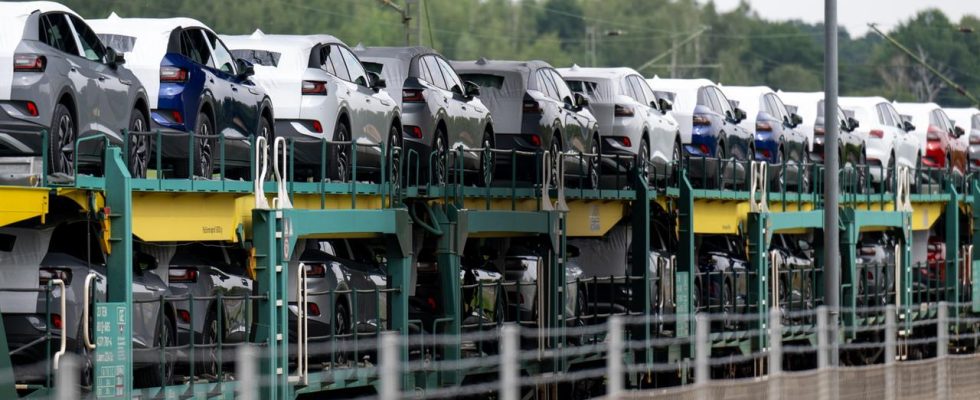The automotive industry is focused on producing larger vehicles because that’s where the rewards are the most. Affordable small cars are hard to come by. There is sharp criticism of this.
“It is becoming increasingly difficult to get cheap small cars,” says Katja Legner from ADAC. “Currently there are only four vehicle models under 15,000 euros on the market. This is problematic because many consumers are dependent on the car in view of the high costs.”
The ADAC demands that mobility must remain affordable – high prices even for small cars stand in the way of this. According to ADAC, the cheapest car on the German market is the Dacia Sandero, which is available from 11,300 euros. There is also the Fiat Panda from Italy, the Citroën C3 from France and the Mitsubishi Space Star. A German manufacturer cannot be found below the price limit. A VW Polo, for example, starts at just under 21,000 euros.
The ADAC takes a critical view of the development in the small car market, which is constantly shrinking: Vehicle manufacturers should continue to offer affordable vehicles and a wide range of models. According to the Federal Motor Transport Authority, almost every third car that is registered is an SUV. Only every tenth new registration falls on a small car.
SUV more profitable than small cars
Why are the manufacturers themselves putting less emphasis on small cars? The production and processing costs for large-volume vehicles are more profitable in relation to the yield than for small cars. “German buyers in particular will bring the highest growth rates to the SUV segment over the next few years,” says Garnet Kasperk. She heads the Center for International Automobile Management at RWTH Aachen University.
“In the case of brands with many small cars and the lower middle class, sales have fallen sharply in some cases,” says Ferdinand Dudenhöffer, director of the CAR Center Automotive Research. This is also reflected in the current figures from the Federal Motor Transport Authority. Renault, Opel, Fiat and a little Hyundai, which showed strong figures a year ago, would have lost feathers. Kasperk also agrees. “The German manufacturers Mercedes, BMW and Audi have differentiated themselves through quality and luxury for decades,” she says. “They have not penetrated the mass segment of small cars with their brands due to the high price range, since buyers in this segment are much more price-sensitive.”
Unrivaled cheap small cars from Asia
Inexpensive small cars from mass suppliers in Asia are already unrivaled today and will continue to be so in the future. “The small car market could be a gap in which Chinese automakers could push,” says ADAC spokeswoman Legner.
For example with the Wuling Mini EV. The approximately three meter long mini-van, a joint product of SAIC and General Motors, was launched in the EU with prices starting at 13,000 euros. In China, the small car has been the best-selling car for years. Another example is the BYD Seagull, which will be released soon and will cost around 10,000 euros in China.
Price war expected in Europe
“I expect a fierce price war for electric cars in Europe,” says Dudenhöffer. “Tesla has produced significantly more vehicles than it has sold in the last 15 months, and in China the manufacturer can no longer sell its cars on the market with discounts. This is shifting the price war to Europe.”
Industry expert Kasperk also speaks of how much movement there is currently in the car market. “China will gain a foothold in the European market for the first time in the area of smaller electric vehicles. A real change of scene is taking place here.” In their view, market shares will slowly shift to Asian manufacturers. The problem is the still obvious lack of enthusiasm among buyers for e-vehicles. “There is a wide gap here between political control and market demand,” says Kasperk. “In the medium term, this will paralyze differentiated innovations and significantly impair German manufacturers in their global competitiveness.”
According to the ADAC, the lack of enthusiasm is mainly due to the high purchase prices for electric cars. According to the ADAC, high prices would slow down the switch to more e-mobility. “But if the ramp-up is to be successful, Stromer must become significantly cheaper,” demands Legner. “This is especially true because the federal government is relying on fleet renewal to achieve climate protection goals.”

